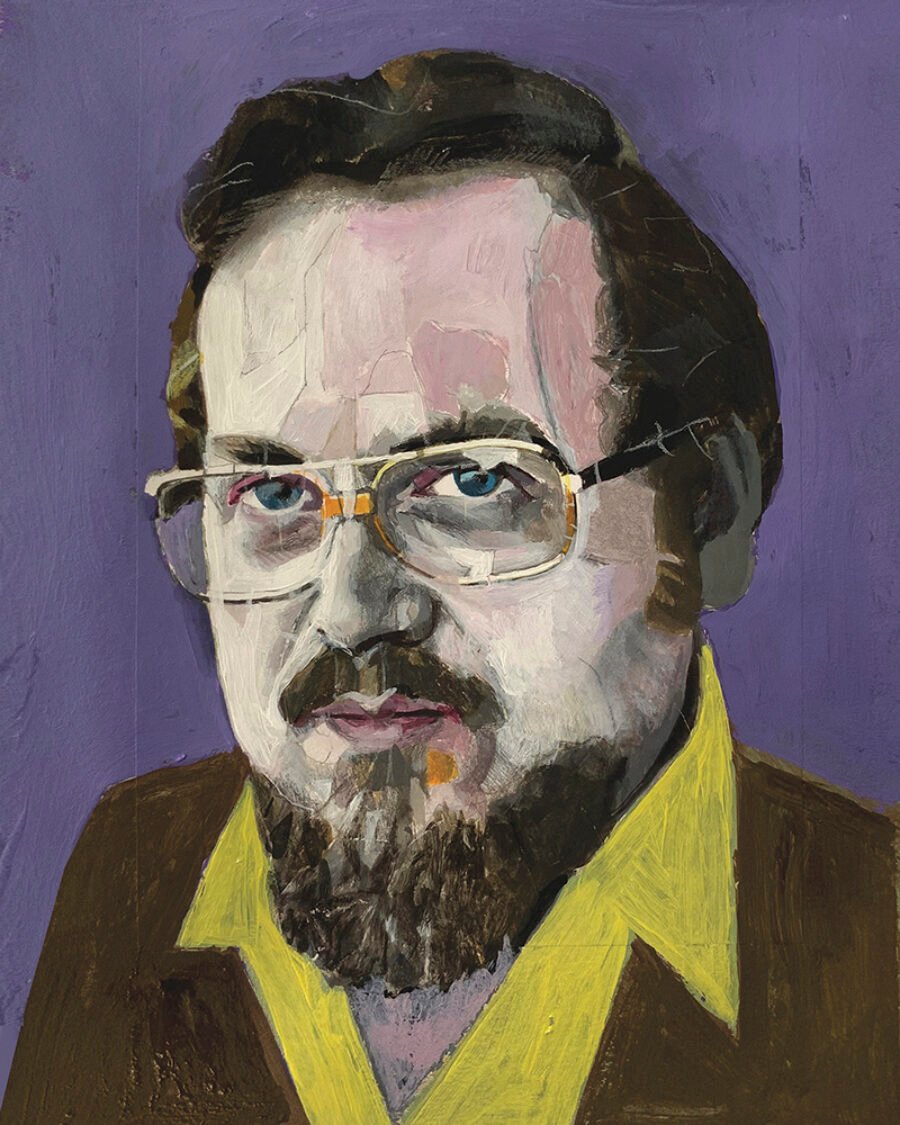
Illustration by Andrea Ventura
Discussed in this essay:
Requiem, Op. 59, by Arnold Rosner. Toccata Classics. $18.99.
In the spring of 1970, I was about to enter the Manhattan School of Music to pursue the study of musicology. At the time, I was working at C. F. Peters Corporation, then the primary publisher of the music of Alan Hovhaness, a well-known American composer whose unusual style involved combining the modal polyphony of the Renaissance with Armenian, Indian, Japanese, and Korean elements, and who interested me greatly. My colleagues were aware of my enthusiasm, so when someone called Peters and said he was a…






































































































